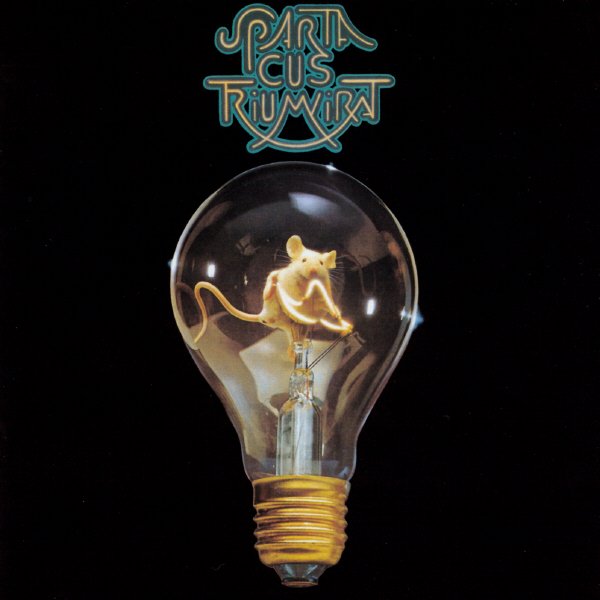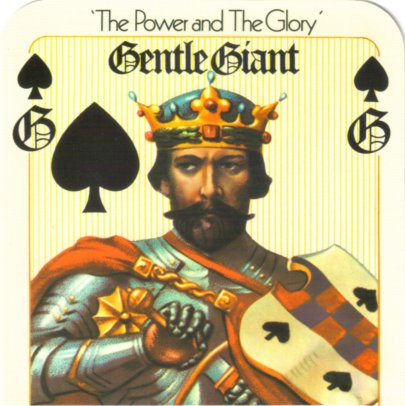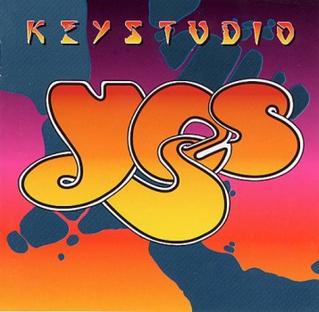Symphonic Prog
Symphonic is without doubt the sub-genre that includes the most bands in Progressive Rock because for many people it's almost synonymous classic Prog, something easy to understand being that most of the classic and/or pioneer bands released music that could be included in this sub-genre, except JETHRO TULL and PINK FLOYD (who still blended some symphonic elements), even KING CRIMSON who very soon expanded their horizons to more experimental music, made their debut with a Symphonic album, "In the Court of the Crimson King" which is a cornerstone in the development of the genre.
The main characteristics of Symphonic are the ones that defined all Progressive Rock: (There's nothing 100% new under the sun) which among others are:
* Mixture of elements from different genres.
* Complex time signatures.
* Lush keyboards.
* Explorative and intelligent lyrics, in some cases close to fantasy literature, Sci Fi and even political issues.
* Non commercial approach
* Longer format of songs
In this specific case the main characteristic is the influence of Classical music (understood as Orchestral works created from the late Gothic to Modern Classical) using normally more complex structure than other related sub-genres like Neo Progressive (That's why sometimes the borderline that divides Symphonic from Neo is so unclear being that is based mostly in a degree of complexity rather than in an evident structural difference)..It is easy to find long keyboard solos reminiscent of Johan Sebastian Bach or melodic works that could have been written by Handel.
As in any other genre, different Symphonic bands had different approaches to Classical music, for example YES and GENESIS are mainly influenced by the Baroque and Classical periods, while EMERSON LAKE & PALMER has a predilection for post Romantic and modern authors like Mussorgsky, Rimsky Korsakov, Bartok or Ginastera, being that their sound is less melodic and more aggressive.
The peak of the genre starts in 1969 and lasts until the mid/late 70's (more precisely until the release of A Trick of the Tail), when the genre begins to blend more mainstream influences that took to the birth of Neo Progressive (a new approach for a new decade).
It is important to remember that even though the creative peak of Symphonic Progressive ended before the 80's, we can find a second birth in the 90's coming from the Scandinavian countries (specially Sweden with ANGLAGARD or PAR LINDH PROJECT) and even bands that still in the 21st Century recreate music from this period like SPOCK'S BEARD or ECHOLYN.
Before ending this short description it is necessary to say that the term Symphonic is not 100% exact, because these bands very rarely played symphonies and was probably used because the music that influenced the genre was performed by Symphony Orchestras, but it is so widely accepted by the Progressive Rock community that would be absurd and futile for anybody to attempt a change after so much time.
Symphonic is without doubt the sub-genre that includes the most bands in Progressive Rock because for many people it's almost synonymous classic Prog, something easy to understand being that most of the classic and/or pioneer bands released music that could be included in this sub-genre, except JETHRO TULL and PINK FLOYD (who still blended some symphonic elements), even KING CRIMSON who very soon expanded their horizons to more experimental music, made their debut with a Symphonic album, "In the Court of the Crimson King" which is a cornerstone in the development of the genre.
The main characteristics of Symphonic are the ones that defined all Progressive Rock: (There's nothing 100% new under the sun) which among others are:
* Mixture of elements from different genres.
* Complex time signatures.
* Lush keyboards.
* Explorative and intelligent lyrics, in some cases close to fantasy literature, Sci Fi and even political issues.
* Non commercial approach
* Longer format of songs
In this specific case the main characteristic is the influence of Classical music (understood as Orchestral works created from the late Gothic to Modern Classical) using normally more complex structure than other related sub-genres like Neo Progressive (That's why sometimes the borderline that divides Symphonic from Neo is so unclear being that is based mostly in a degree of complexity rather than in an evident structural difference)..It is easy to find long keyboard solos reminiscent of Johan Sebastian Bach or melodic works that could have been written by Handel.
As in any other genre, different Symphonic bands had different approaches to Classical music, for example YES and GENESIS are mainly influenced by the Baroque and Classical periods, while EMERSON LAKE & PALMER has a predilection for post Romantic and modern authors like Mussorgsky, Rimsky Korsakov, Bartok or Ginastera, being that their sound is less melodic and more aggressive.
The peak of the genre starts in 1969 and lasts until the mid/late 70's (more precisely until the release of A Trick of the Tail), when the genre begins to blend more mainstream influences that took to the birth of Neo Progressive (a new approach for a new decade).
It is important to remember that even though the creative peak of Symphonic Progressive ended before the 80's, we can find a second birth in the 90's coming from the Scandinavian countries (specially Sweden with ANGLAGARD or PAR LINDH PROJECT) and even bands that still in the 21st Century recreate music from this period like SPOCK'S BEARD or ECHOLYN.
Before ending this short description it is necessary to say that the term Symphonic is not 100% exact, because these bands very rarely played symphonies and was probably used because the music that influenced the genre was performed by Symphony Orchestras, but it is so widely accepted by the Progressive Rock community that would be absurd and futile for anybody to attempt a change after so much time.






















